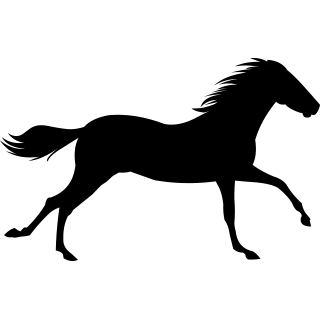A 'duty of care' refers to the obligations placed on people to act towards others in a certain way, in accordance with certain standards. The term can have a different meaning depending on the legal context in which it is being used.
Our staff policies cover what actions we, the instructors, of Stoke Lane Stables will take to ensure the safety, security, further education, illness and injury, and working environment for those who work and volunteer at the yard. We revisit and revise as necessary those policies each year in light of what challenges we have faced and what we have learned about our staff and our horses.
Our client policies cover much of the same things, but we also must consider how the horse can present further dangers as the clients are not usually as experienced as those of us who work with the animals every day. The issue of over horsed and under horsed is discussed by staff on an individual basis for each client and an agreement is reached.

